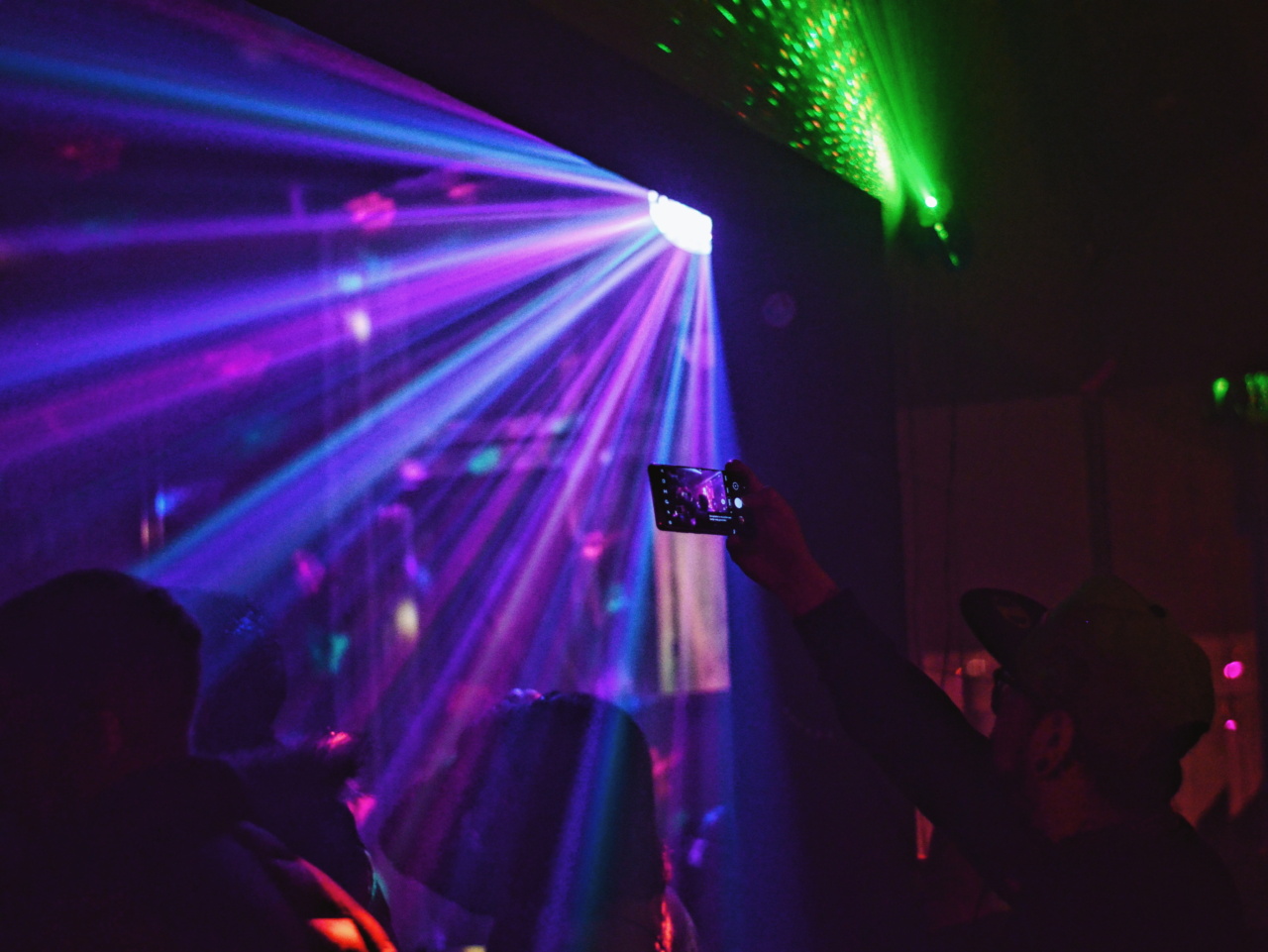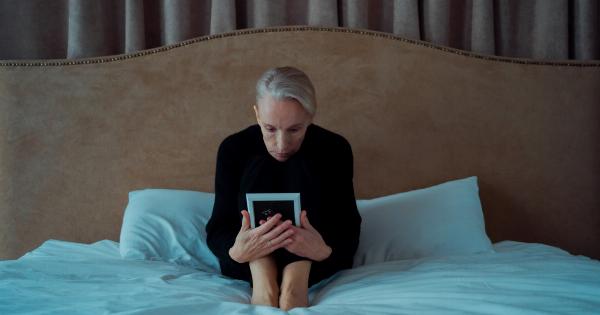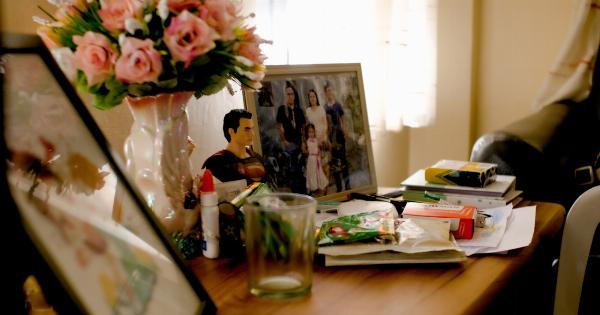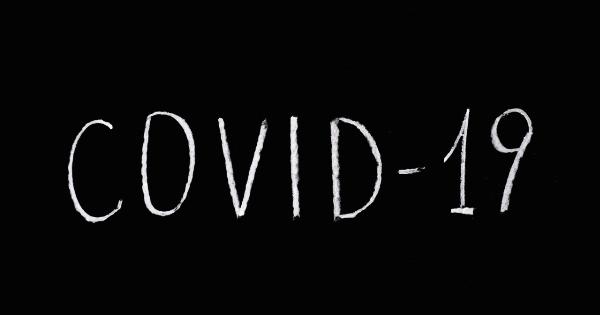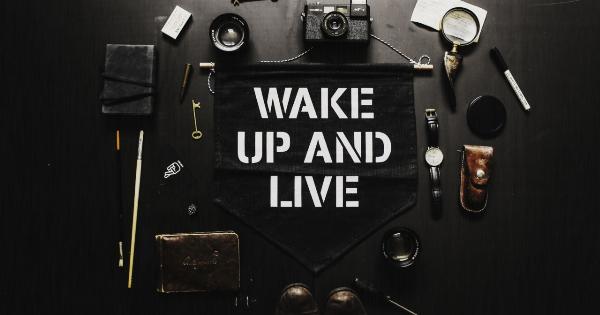For people with epilepsy, strobe lighting, flashing lights, and patterns in bright colors can trigger seizures. Concerts, with their often flashy and dramatic lighting shows, can be a trigger for people with epilepsy.
But do concert lighting and epileptic seizures have a connection? The answer is not a simple yes or no.
What is Epilepsy?
Epilepsy is a neurological disorder that affects the brain. People with epilepsy experience seizures, which are caused by abnormal electrical activity in the brain. The severity and frequency of seizures can vary from person to person.
Some people have only one seizure, while others have seizures throughout their lifetime.
How Does Lighting Affect Epilepsy?
Lighting can trigger seizures in people with epilepsy. Some people are more sensitive to certain types of lighting than others. Flashing or flickering lights can be particularly problematic.
This includes strobe lighting, flickering neon lights, and flashing signs. Patterns of bright colors can also trigger seizures in some people.
Concert Lighting and Epileptic Seizures
Concert lighting can be a trigger for people with epilepsy. Many concerts have flashy and dramatic lighting shows that can include strobe lighting, flickering neon lights, and patterns in bright colors.
Even if you don’t have epilepsy, this type of lighting can be overwhelming and unpleasant.
How Can Concerts Accommodate People with Epilepsy?
There are several ways that concerts can accommodate people with epilepsy. One way is to offer a “seizure-free” section of the venue. This section would not have any flashing lights, strobe lights, or patterns in bright colors.
This would allow people with epilepsy to enjoy the concert experience without the risk of seizures.
Another way concerts can accommodate people with epilepsy is to provide advance warning of any flashing lights. This could include a warning on the ticket, announcements before the show, or a sign inside the venue.
This would allow people with epilepsy to prepare themselves and take necessary precautions to avoid a seizure.
Conclusion
Concert lighting and epileptic seizures do have a connection. Flashing lights, strobe lighting, and patterns in bright colors can trigger seizures in people with epilepsy.
Concerts can accommodate people with epilepsy by offering “seizure-free” sections of the venue and providing advance warning of any flashing lights. This would allow people with epilepsy to enjoy the concert experience without the risk of seizures.
